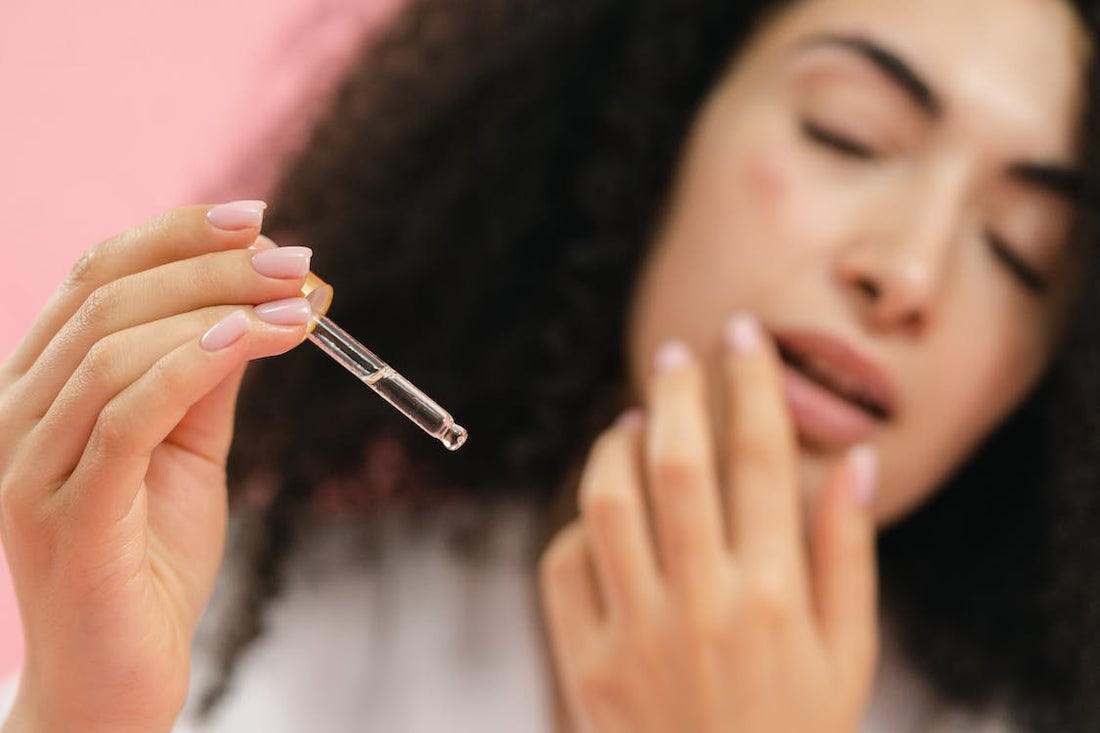Wondering what the hype around hyaluronic acid is all about? Here’s a breakdown of its benefits for the skin
Ask any pro or novice in skincare, and they will be familiar with the word "hyaluronic acid." Everyone has heard of it, but whether they can pronounce it right or not, is a different scenario. It's a buzzword and for all the right reasons. It's a super hydrator for your skin. The hyaluronic acid benefits for the skin are immense. The key is to use it correctly to reap the most benefits. From hyaluronic acid benefits to using it in the best way possible, we are here to decode them all.
What is hyaluronic acid?
Hyaluronic acid is a transparent molecule that exists naturally in our bodies. The chemical can be discovered in several places, including the joints, eyes, and skin. Its principal purpose is to trap water into the skin cells and keep the skin moist and well-hydrated. It binds water, thus it draws water from everywhere, hence keeping the skin from drying out. However, as we age, the natural production of the substance in our skin decreases, necessitating the usage of hyaluronic acid-infused products as topical treatments.
Hyaluronic acid serum benefits for the skin

All skin types, including sensitive skin, pregnant women, and lactating mothers, can safely use hyaluronic acid. It is truly a remarkable ingredient. Here are the top hyaluronic acid benefits for the skin:
Helps to reduce the early signs of ageing
Hydration is the key to maintaining youthful-looking skin, and hyaluronic acid is hydration personified. It slows the onset of numerous age indications because it helps your skin retain moisture.
Instantly hydrates the skin
Hyaluronic acid benefits the skin by instantly hydrating the uppermost layer (epidermis) of the skin. It helps to nourish the skin and combat dryness.
Reduces the appearance of scars
Hyaluronic acid acts on the epidermis of the skin which induces cell regeneration. When used regularly, hyaluronic acid-infused products can help to decrease minor scarring on the skin.
Strengthens the skin barrier

Hyaluronic acid helps your skin retain its natural moisture by promoting healthy cell regeneration. As a result, your skin's barrier is strengthened, preventing environmental pollutants from invading your skin.
Makes the skin look plump and soft
Hyaluronic acid benefits the skin by preserving its moisture for longer periods and making it look plump, smooth, and supple.
How to incorporate hyaluronic acid into your routine?
Hyaluronic acid goes by many names. Sodium hyaluronate is one of them. The only difference between these two is the latter has smaller molecules that penetrate deep into the skin. These days, sodium hyaluronate is very popular for intense hydration. It is very versatile and can be used with most ingredients. Although it may be found in a variety of products, serum and moisturiser are the best ways to use it in your routine. Just make sure to apply this ingredient on damp skin and let it do its wonders!
Our favourite hyaluronic acid-infused products
Serum

The Dr G Hydra Cool Plumping Serum is a serum drenched with hyaluronic acid to make your skin look and feel its best. It provides hydration for a long time and is best to use for dry skin types. Skin looks healthier and more dewy after using it.
Moisturiser

The Dr G. HA Intense Moisturiser soothes the skin with centella asiatica and aloe vera while providing your skin with a powerful dose of hydration with hyaluronic acid. Using this ultra-nourishing cream at night also helps you rebalance the skin’s natural microbiome and restore the lipid barrier. Its lightweight texture makes it suitable for both dry and oily skin types.
By choosing skincare products that include hyaluronic acid, you can guarantee that your skin gets the hydration it needs all day to heal and rejuvenate. Healthy-looking skin is just one step closer with hydration on your side!


